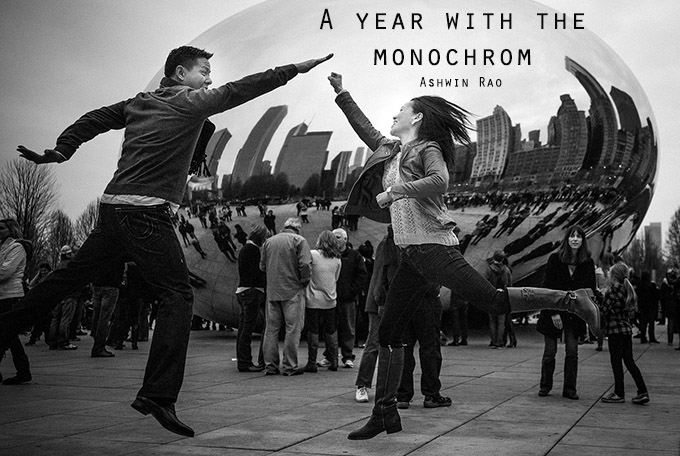
A Year in “M” Monochrom
By Ashwin Rao
Hello, my friends, the time has come to reflect upon a year seen primarily in black and white (and many, many shades of gray, which really is life, now, isn’t it ?) through the eye of Leica’s amazing Leica M Monochrom. I have previously written about my experiences with the “MM” after 6 months of use, and following journeys with the camera in Paris, Italy, New York City, and the Palouse. In this world of constant camera turnover, where every M9 is replaced by an M240, with Sony and Olympus seemingly staking their claims to fame in the digital camera world in place of Canon and Nikon, and with Fuji surprising and delighting us with every turn, the MM is now a venerable camera that remains unique as the only current mass-produced camera with a black and white sensor. The camera’s sensor, stripped of any ability to see in color, rid of the capacity to block moire, ends up being a photon eater, proving and incredible tool for capturing light in its many presentations.
While it has not yet been around long enough to be deemed “legendary”, the MM is already ascending that ladder, and for those whom have had the privilege of using it, you’ll see that glimmer in their eyes of the prize that rests in their hands. So come along with me for my ride, should you choose, in words and images, of this camera that is destined for legend.
Over the past year plus, I have taken over 15,000 shots with the Leica MM. I can truly and honestly say that the camera has delivered me the most joy of any camera that I have owned. The camera’s incredible CCD sensor that seems capable of coaxing the very best out of nearly any lens that you could put on it. In particular, the sensor seems to play particularly well with older rangefinder lenses, which in some cases were designed and coated for black and white photography. It provides a rich modern look with today’s aspherical glass, almost providing “shockingly real” views of the world, which I have yet to see from any camera. For me, the look of the MM with most modern glass is almost surreal, and I have thus primarily stuck with using older, “cheap” rangefinder lenses with the camera to great satisfaction. What’s interesting to me, and what I have heard increasingly from users of the camera, is that the camera’s sensor itself seems capable of coaxing something special out of these lenses, even when the M9 and M240 may not be able to coax the same look, clarity, or detail.
Seeing in Monochrome
First and foremost, the Leica MM is a tool for image capture, as is really any other camera that the photographer may use. However, the sensor’s capacities and limitations have forced me to change my creative perspective. As I began my journey with the MM, I had to accept the challenge of only “seeing” the world around me in black and white. Color was no longer an option, and could not be used as a crutch or a tool ton lean upon. Having converted many of my M9 images to black and white, I initially did not see an issue with the process of only seeing in black and white, but after using the M monochrome a few times, I suddenly realized at what I had given up. Shooting in color offers its own creative possibilities and limitations, and when I suddenly forced out of this option, I found myself jarred. I decided to re-calibrate and try my best to see the world around me in black and white, before I even composed or took the shot. In a sense, I began to focus on light and dark, highlight and shadow, essentially in luminosity. I began to “ignore color” to the best of my abilities and focus instead on the remaining elements of any scene that I wished to capture Over a few months, what first was a challenge soon became inspiration and motivation. I was starting to see the world in monochrome. Just as switching from the AF-10FPS SLR’s to rangefinders is freeing to many photographers who are stuck in a rut, shooting with the M Monochrom re-invigorated me to explore the world around me in new ways. I called it “Going back to finishing school.”
Monochrom magic?
There is just something about the MM’s sensor that seems magical to me. I know that this may come off as overly dramatic, but for me and for others out there with whom I have discussed the camera, it is true. The images that I have been able to capture seem to defy my own meager skills as a photographer. Lenses that were forgotten or passed aside on the M8 and M9 suddenly took center stage in the manner of how they interacted with the MM’s sensor. Let me say a few more words about this (The following is entirely theoretical, so feel free to disregard)
I have said in many instances that the MM seems to play particularly well with older lenses. Many vintage lenses from Leitz, Canon, and Nippon Kogaku were designed and used in an area of black and white photography, where color options were rare, limited, or non-existent. Thus, such lenses utilized coatings and design that was suited to capturing monochrome images, or so I have gathered. Whereas some of these older lenses’ coatings provide poor color reproduction on digital cameras, they seem to offer subtleties in tonal capture that modern lenses of aspherical design, aimed at gathering maximal contrast and detail across the frame, seem to miss. I have noted than many modern aspherical designs seem to limit the M Monochrom’s abilities to capture shadow detail, in particular, while older lenses, which tend to capture much lower macrocontrast, save these shadows, and instances, highlights as well.
Second, I suspect that some of the MM’s magic in interacting with old lenses actually may have come from within. When I consider photographers that have inspired me, I have tended to prefer the “look” of the works of the early Magnum photographers, Sebastio Salgado, and others who shot in an era where my “vintage” lenses was their modern options. In a sense, I learned to prefer a way of seeing in black and white in the manner that was reflective of their gear…i.e. older lenses.
Third, the MM’s sensor seems to be unique in being able to hold incredible detail with post-processing. This seems to be due to the dynamic range that MM images seem to possess in the mid tones. The MM has been roundly criticized for its tendency to clip highlights, and this is absolutely a reasonable criticism. What is often not discussed, however, is the incredible detail and flexibility of tone that preserved in the midtones captured by the camera, as well as the shadow detail that the camera preserves. When I first used the MM, I was enamored by the near infinite shades of gray captured within the RAW file, and as a result, my initial images with the camera tended to look generally grey. Over time, I found myself exploring these greys more and more, and using Adobe LR and other post processing tools to extract the contrast and detail that I desired from this more “boring” grey. One can push and pull the images in any number of ways, and MM files will not fall part, especially those captured at ISO 3200 or less. When used in “decent light”, the camera does just fine at ISO’s as high as 5000, capturing fine detail and suppressing noise appropriately (not really like film, though, but still pleasing).
Finally, there may also be something to the M Monochrom’s naked sensor that coaxes the most out of vintage lenses. Lenses such as the Canon 50 mm f/1.8 LTM, which seem soft and washed out on color rangefinders, simply sparkle on the MM, both in detail and tonal rendition. I was surprised in particular, by the amount of detail and resolution that some lenses, over 50 years old, are capable of capturing when paired to the MM. I theorize that the lack of the low pass filter and Bayer array allows for optimal capture of unfiltered detail. No blur or image loss is imparted upon the captured image, as light does not have to pass through any barriers.
The journey from new to old
So here I am, a year later, a year older and hopefully a year wiser, and my journey with the MM continues. The MM continues to be my favorite camera and my preferred way to see the world around me. My aspherical lenses continue to be relegated to my M9, while the MM continues to be mated to classic rangefinder lenses. I feel that for me, what was a casual experiment with vintage lenses has turned into a serious enterprise in how I prefer to see the world around me. It mates the rangefinder experience with a unique way of seeing the world around me and brings me closer to my own idols in the photographic world.
Onward and Upward
The journey continues, and I hope to report back to you as I gain even more experience with this wonderful camera. Obviously, I can no longer wow you with reports of impressive specs, more megapixels, and quieter shutters. I hope to bring you more images, as my explorations with the camera, its files, and my use of processing, continues. These are exciting times for many of us, as photographers. Gear these days is so excellent that it’s really up to you to choose what tool suits you best. For some of you, it may be the camera phone that is always on your person. For others, it’s the latest greatest offering, with ever improving dynamic range, color reproduction, detail capture, and camera performance. For some, it’ll be the increasing capacity of cameras to deliver images and an experience that can be instantaneously shared. For me, it’s the simplicity of a camera that’s not capable of any of this, not even capable of seeing in color, that will continue to inspire and challenge me to grow my photography in new directions and to new summits. All the best to you all in your own journeys, and I’ll be sure to check in again soon!
Yours truly,
Ashwin Rao
February, 2014

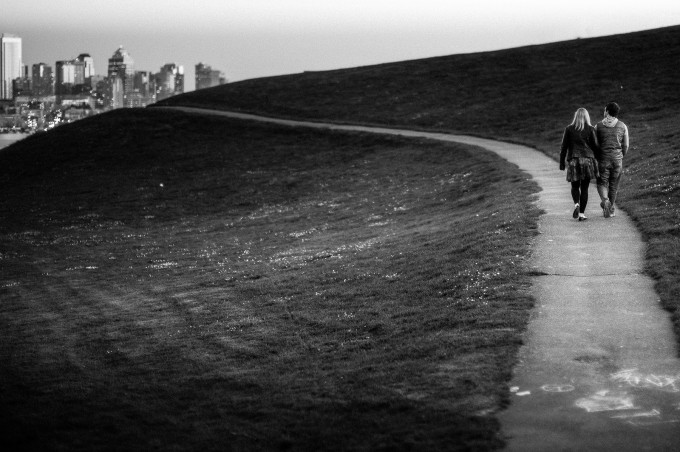
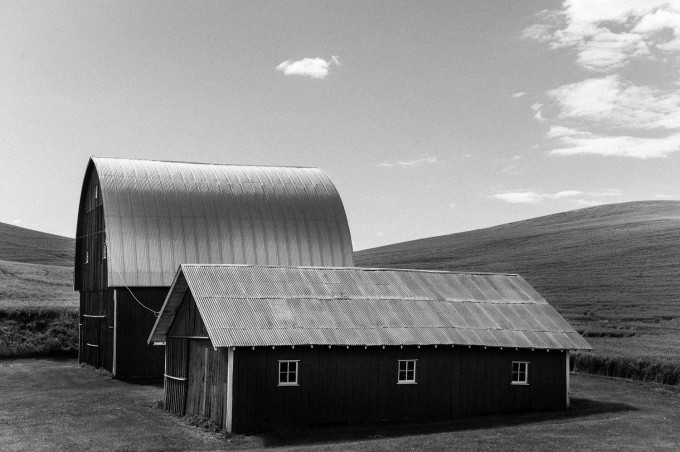
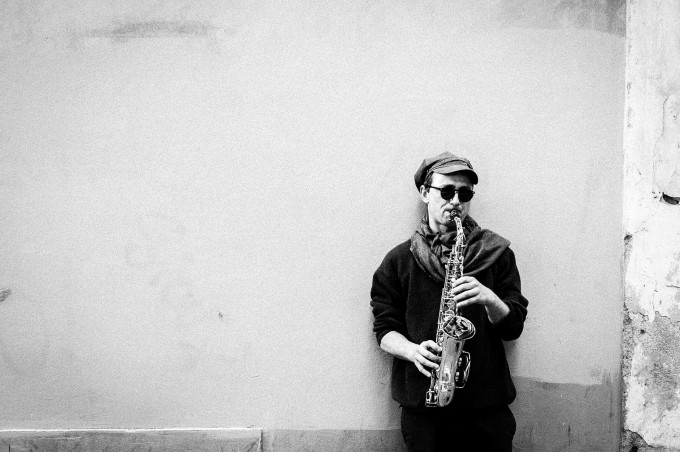
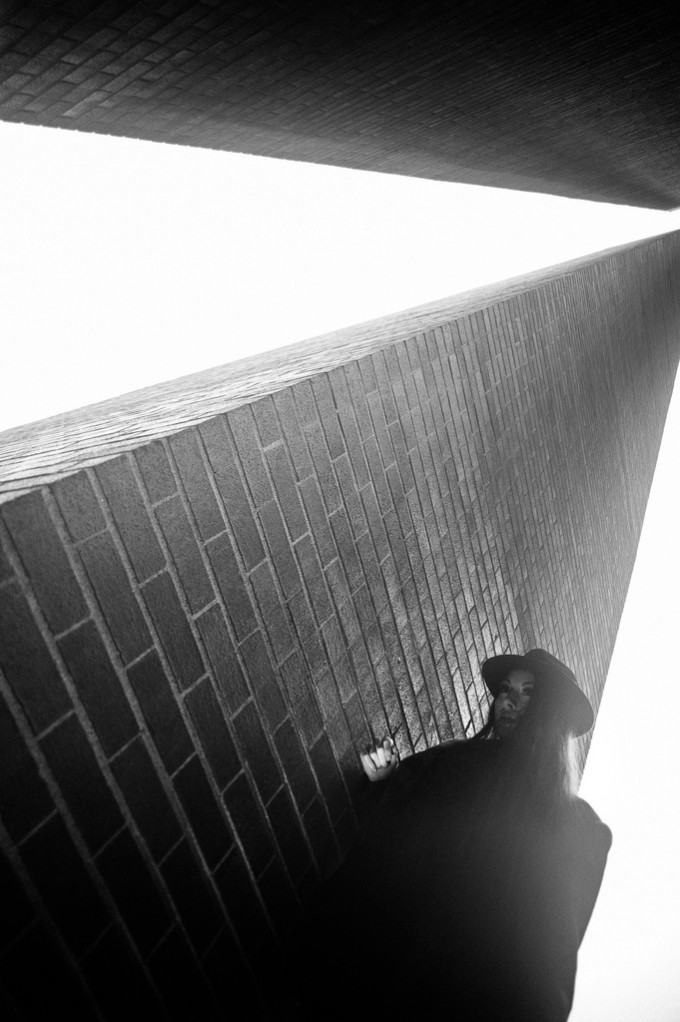
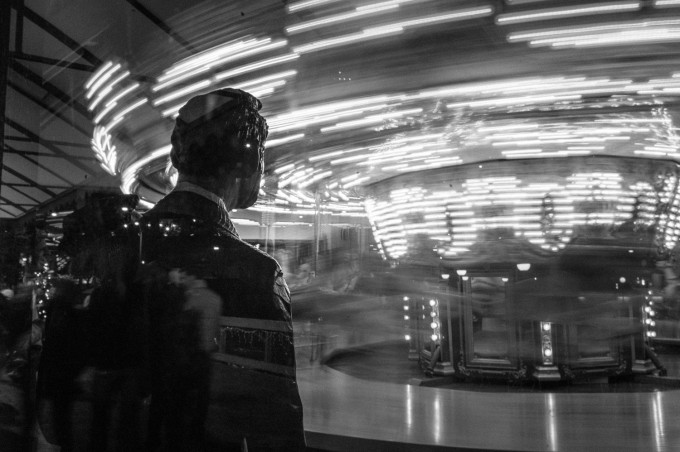
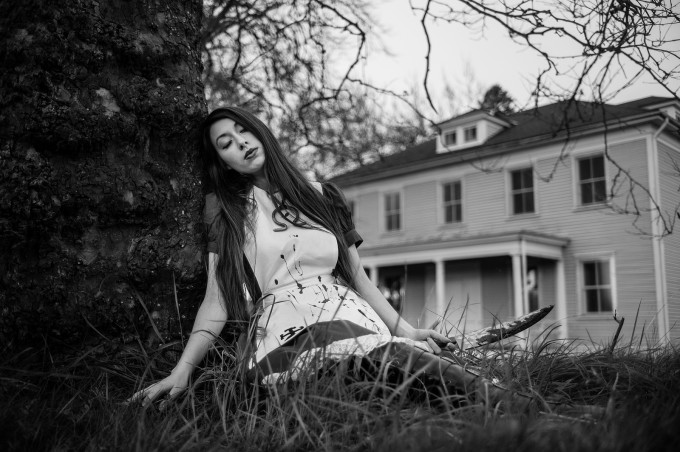
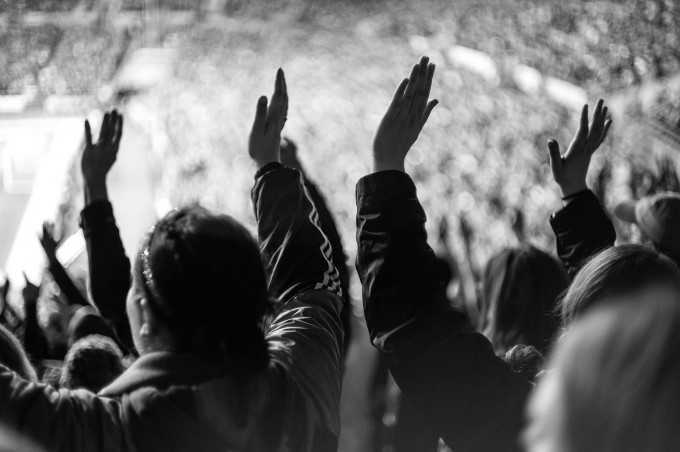
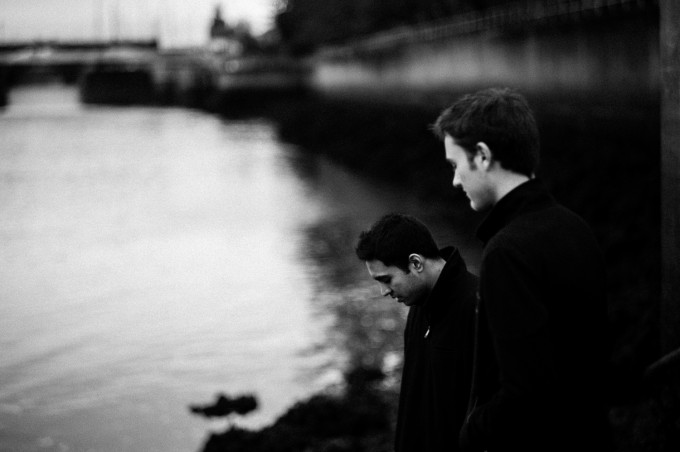
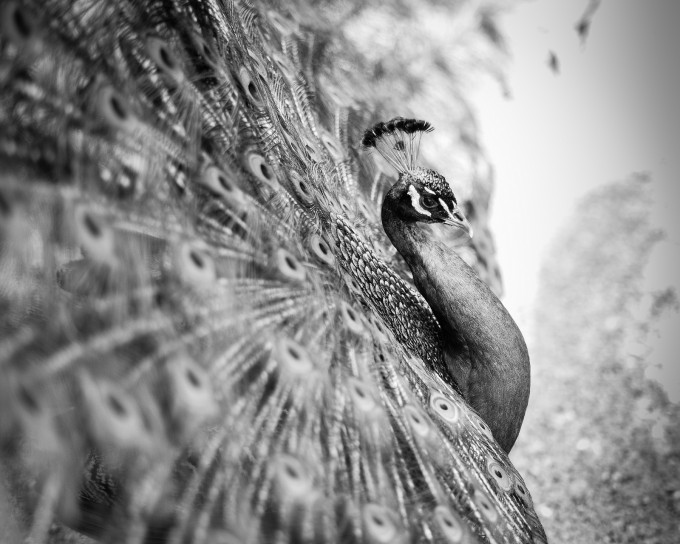
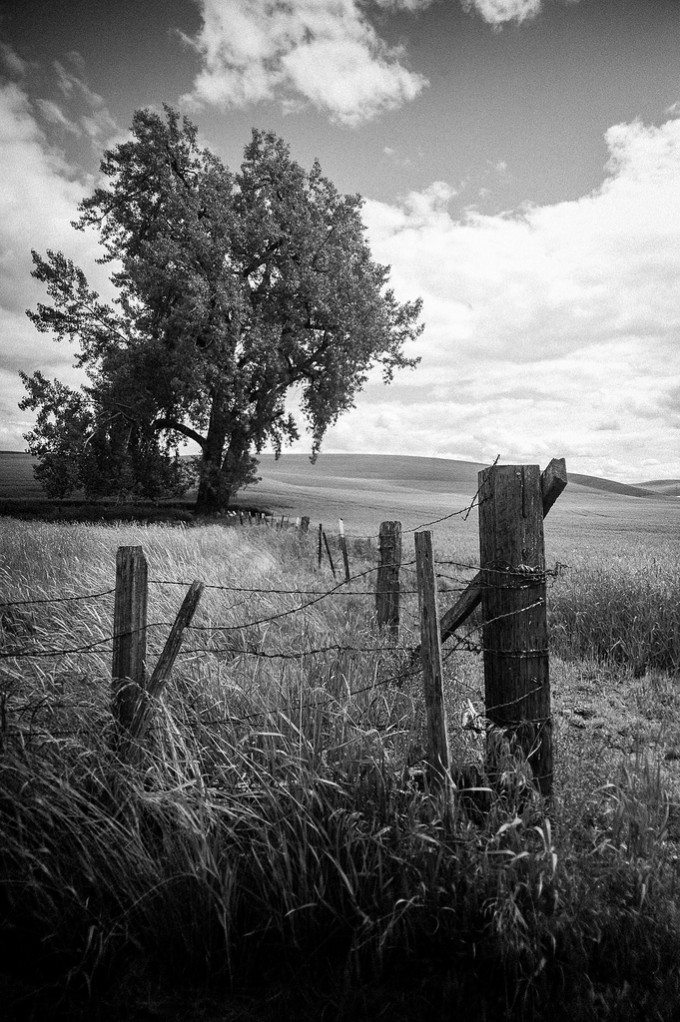
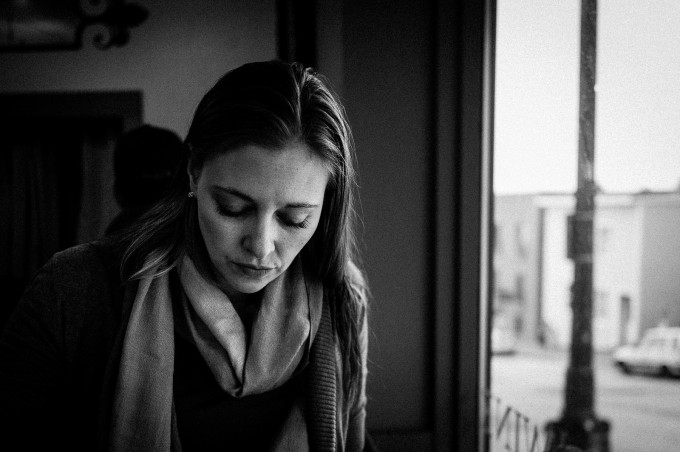
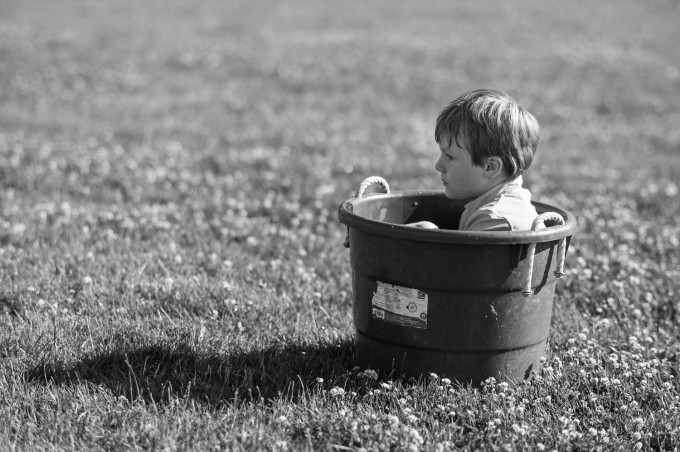
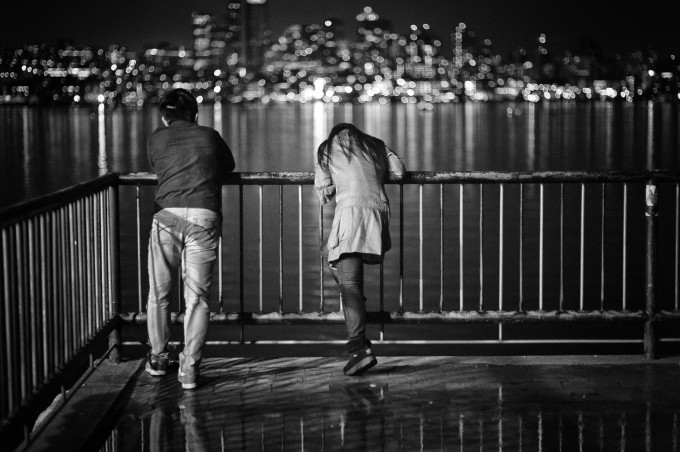
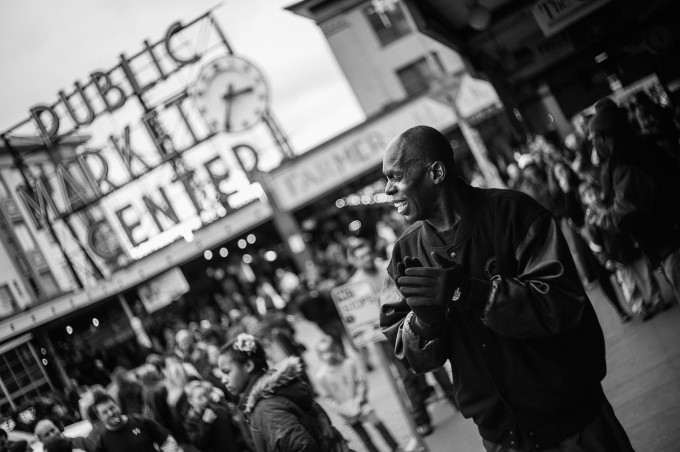
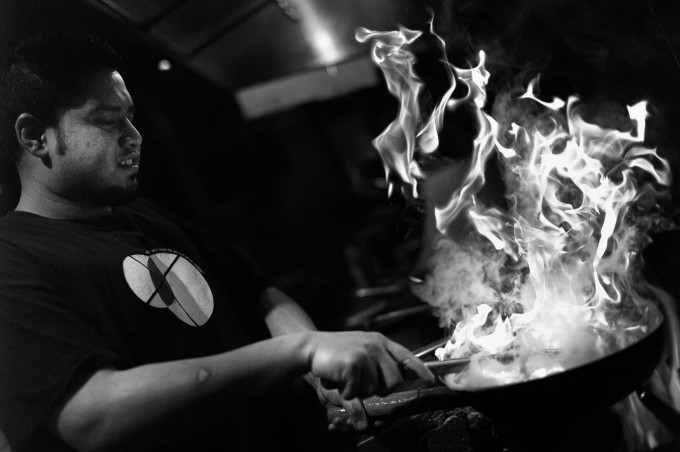
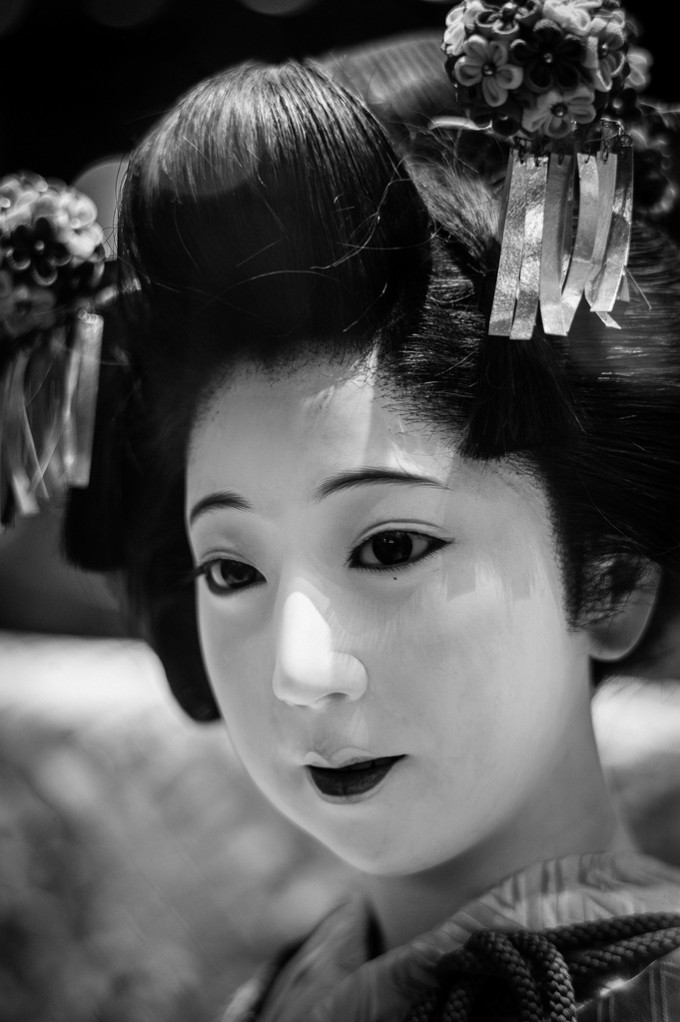
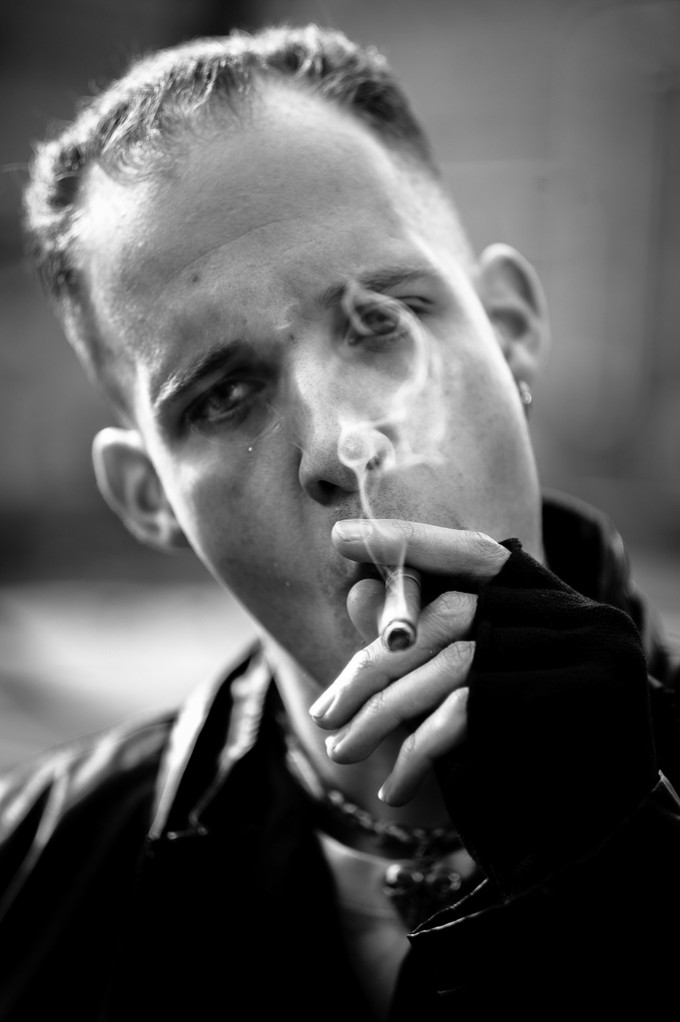
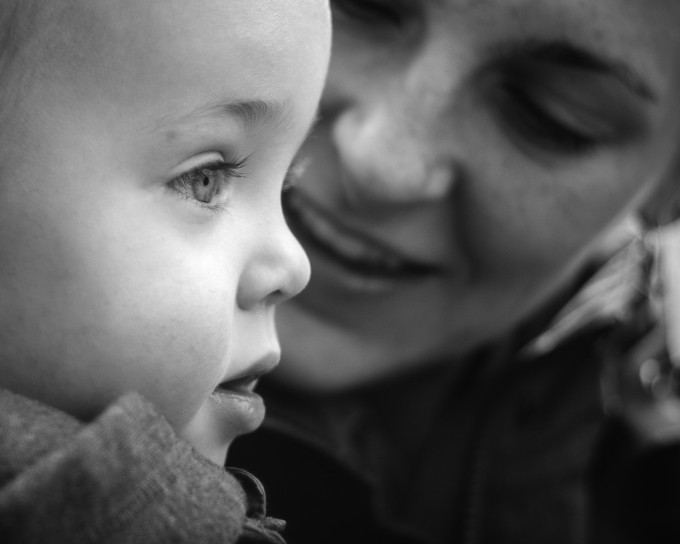
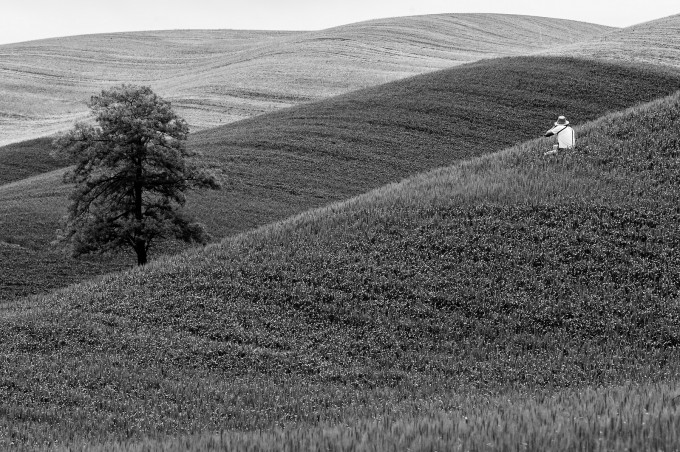
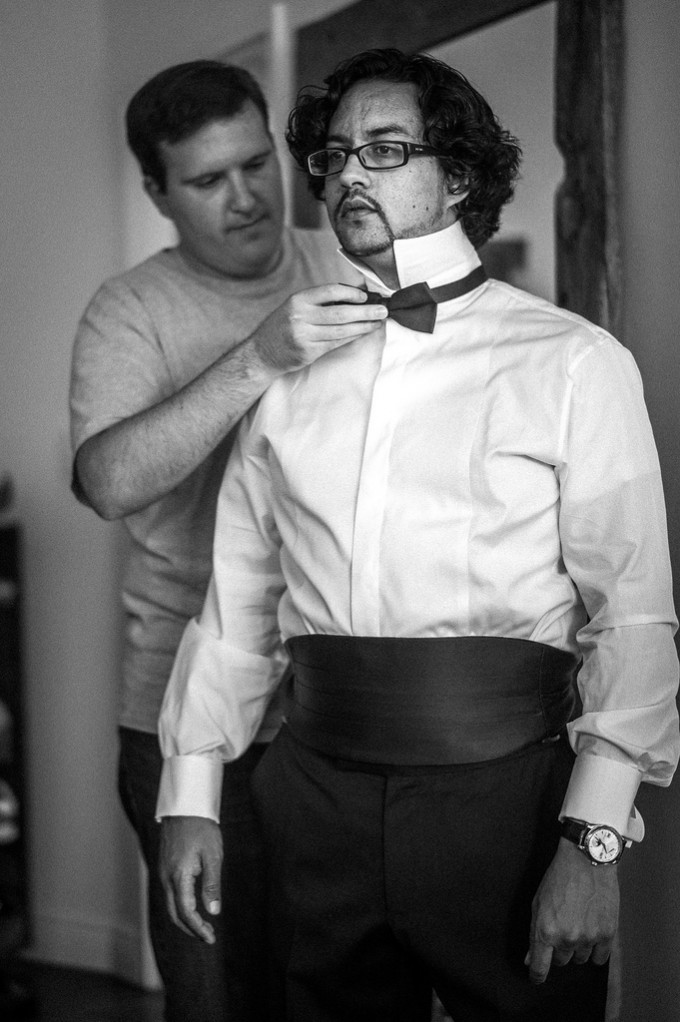
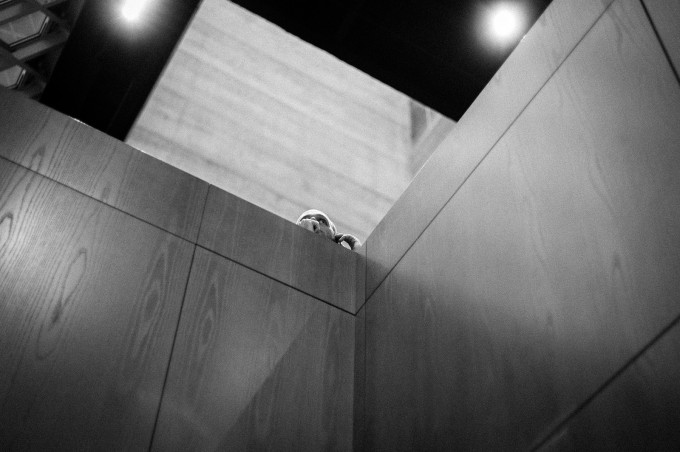
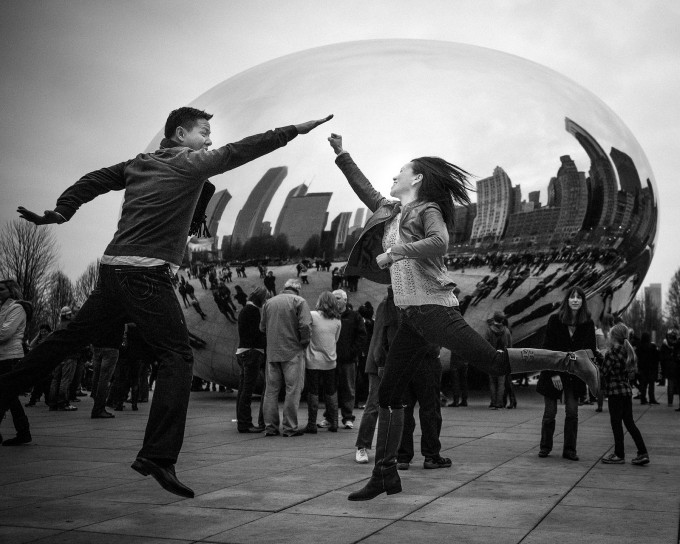
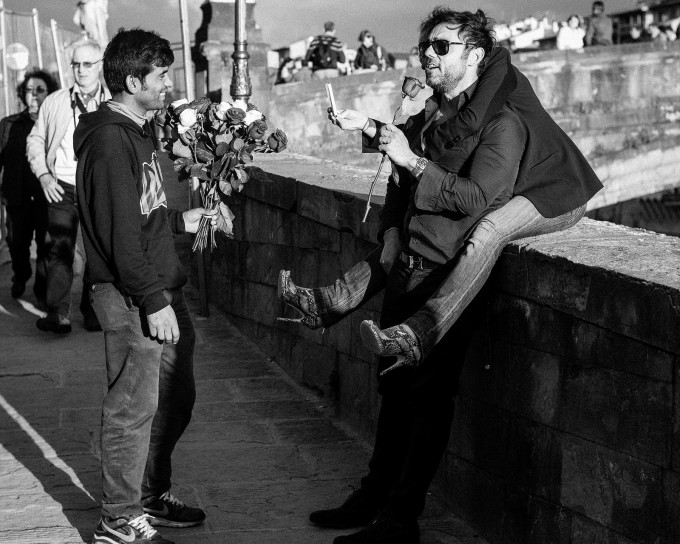
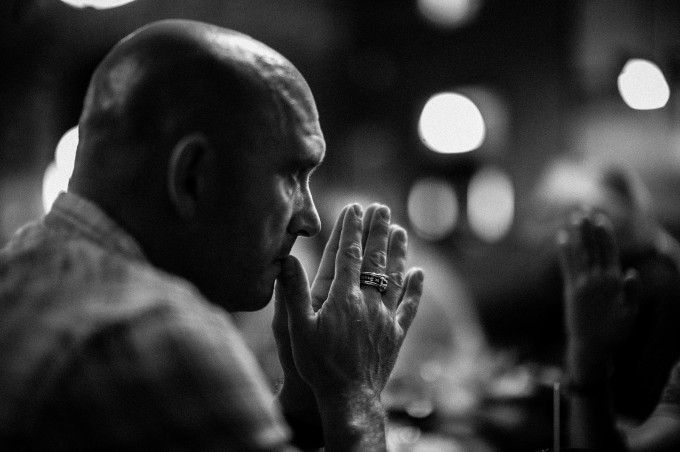
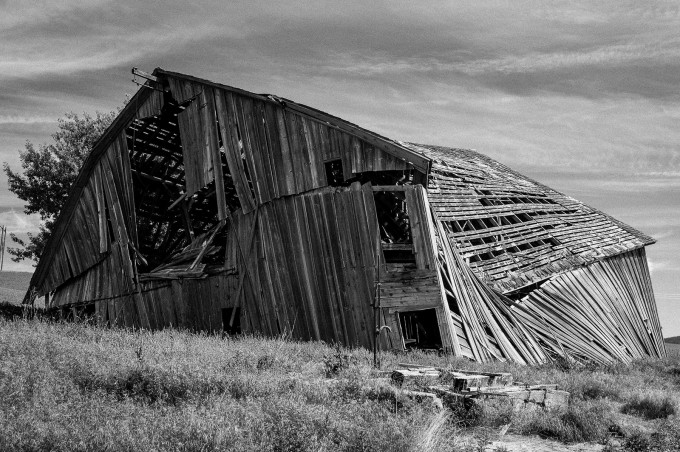
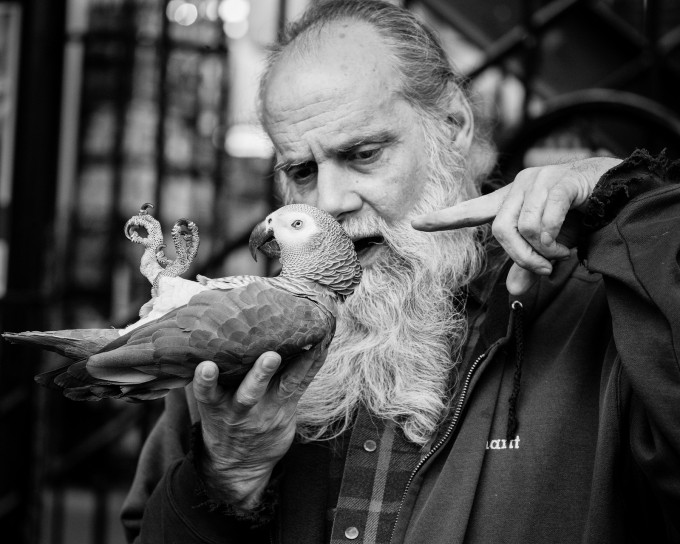
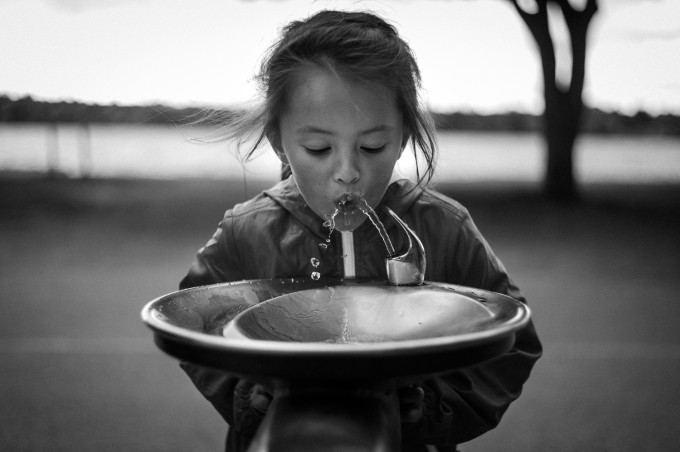
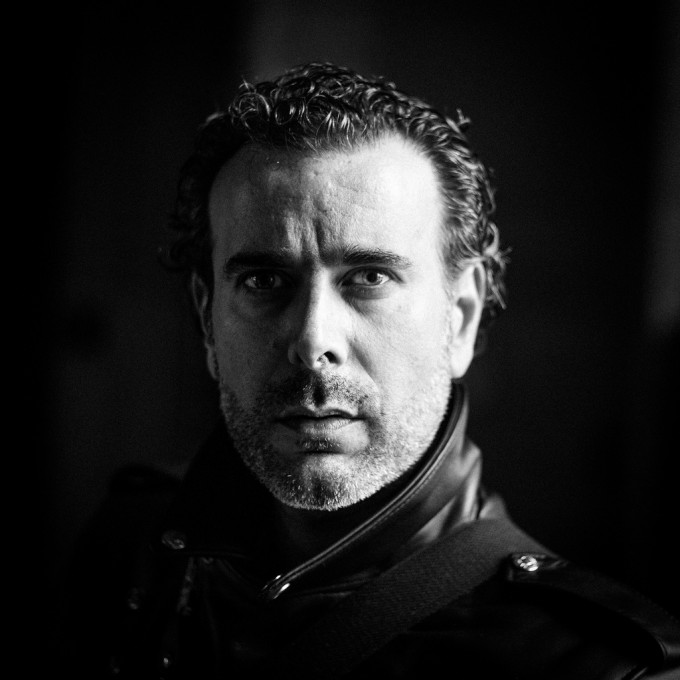
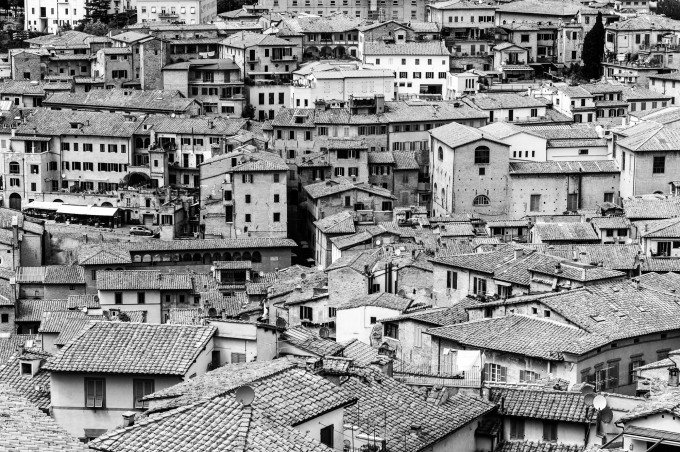

For those wishing to print out such pics as opposed to viewing on a calibrated, high-res screen, which printer (and paper) would you recommend?
Modern day recommendations please, not vintage !
Bravo! Fantastic pics!
Are you ready to trade for the m8 for the weekend? 😉
My avatar pic was taken with your mm & 50 noct.
Cheers
great shots here, nice work!
Ashwin: Fabulous work by someone that is truly inspired by the delicate dance of light and shadow. In particular, I enjoyed the rolling hills-lone tree and young girl at drinking fountain images. Thank you for your write-up and your outstanding images. Regards, David
The MM is a great camera but I’m astonished that anyone thinks these are great photos….they seem very humdrum to me
There is always one. I welcome you to share a link to your photos..please. For some reason when someone comes here with a comment like this and I ask them to please share their photos they never ever do. I wonder why? Maybe you will be the 1st. Maybe we can all learn a thing or two from you 🙂
Haters will be haters, I guess….I am glad that most others enjoyed the photography, maybe more than the choice of gear in some instances 🙂
Hi Ashwin, I dont know you personally but you come across as a great decent guy who is also a good and passionate photographer. We all know its not about the equipment but more about your eye for the image. Nikon, Leica, Olympus, Canon… are all just a means of capturing.
I like and admire the fact that you have chosen a path and are true to your style.
All the best
Mark
Jonathan.. you seem to be in the minority….Looking forward to seeing a dozen or so of your images.
Jonathan…… yep minority man, that means your out !
This is the Church of Leica …. You suppose to halleluja not to Criticise !
Asking for your photo’s is the same as asking for your believe. It is just not accepted that Photo’s made by a 10.000+dollar camera can be criticized as ordinary.
Go to any Public Photo Site, like Flickr, and select on Camera, lens or B&W etc and you see
Hundreds and thousands of excellent Photo sometimes produced by 400$ camera’s
On non calibrated and paired screens (1920×1080) it doesn’t matter much.
Lol, not true at all. When someone comes here and makes rude remarks that NEVER show their work so we can see what excellent work looks like. Not sure why that happens. Some people just like being rude because they are angry and bitter in their every day life. It makes them feel better. Who says there are not excellent photos taken with $10 cameras? Not me, in fact, some of the best work I have seen in my life was shot on a $35 camera. That is not what his remark was about though. Of course, like all others who came before him, he does not come back to share a link to HIS amazing work that allows him to go and put down someone else’s amazing work. Odd.
“Humdrum”
There will always be masters of their craft, which retain their profession prefer for themselves. Would be nice, if they try to handle it with their own words.
“…Over the past year plus, I have taken over 15,000 shots with the Leica MM…” Jeez! That’s a huge amount.
I’ve shot 16,922 Film and Digital and Camera Phone photo’s in the last 15 years and I thought that was a massive amount.
Your ‘American McGee’s Alice’ is spot on, great shot.
I too am an MM owner, and I also shoot a Canon 6D. I’ve made many excellent B&W conversions of 6D files, and if posted to the internet and viewed in a browser at standard monitor resolutions and with standard display quality (very few monitors display accurate grayscale), you would be hard-pressed to see the difference between the 6D and MM.
Print the images, or display them at high resolution on a calibrated monitor of suitable quality (I use a 23″ Eizo ColorEdge something or other) and the difference between the MM and 6D conversions is night and day. You won’t see the tonality of the MM files when posted to a blog like this one (fortunately, Ashwin’s amazing eye comes through loud and clear), and if a browser is the only destination for your images than an MM would be a total waste of money.
There is magic in that bayer-less CCD, and as Ashwin writes, there is magic in many of those vintage lenses. I have some excellent glass including a very modern Leica 24mm f/3.8 Elmar-M ASPH that is so sharp it will make your eyes bleed, but where the MM really excels (imo) is with vintage or at least vintage-style (spherical) lenses. I have a 1937 uncoated Carl Zeiss Jena 5cm f/1.5 Sonnar that produces magical rendering on the MM (and on black and white film). Leica’s modern Summarit lenses, being traditional spherical designs, also look beautiful on the MM. The modern ASPH lenses definitely take advantage of the resolution of the 18MP filterless sensor, but then you lose some of that special magic.
Hi everyone. Thanks for the warm words, and I have enjoyed reading the lively debates in the comments. I will comment much more as I have a chance, and I am glad to have stimulated quite a discussion.
Wonderful set of images.
Too much to read but some cool images. Love the peacock!
Hi Ashwin,
I am glad that you enjoy your MM – it seems to be a very special Leica.
I have noticed that some of the photos have much more grain than others – is this the result of post-processing (in the search of old-school film grain feeling) or is due to high ISO ?
Thanks and keep shooting!
Hi George, in most cases the grain was added in post processing.
Ashwin, beautiful article to compliment the images!
First off, a craftsperson like Ashwin could have created this body of work with any camera, D800 included. Would they have the same character? I doubt it, first off is the size factor, just try to approach a subject with a large DSLR and try to get close. The size of the M allows for the photographers to interact with the subject more as it is less threatening.
But his article was about his experience with the MM and how it sharpened his perceptions. By eliminating a major emotional draw, color, out of the image, you now have to have to compel the viewer with subject and light. Thinking in B&W is far different than shooting everything in color and later deciding that it looks better in B&W. It is a discipline. For those that say a D800 or any Bayer sensor can convert to B&W just as well as the MM, you really have not seen the output from the MM.
The MM is a unique camera and if it were made by Nikon or Canon, it would not stir as much vitriol as being made by Leica. Is a MM for everyone? No, but for those who want to capture the world in digital B&W, this is the camera aside from the Phase One Achromat to do it with.
“By eliminating a major emotional draw, color, out of the image, you now have to have to compel the viewer with subject and light.” Interesting point!
Hi Al, thanks so much, and we miss you here in Seattle. Your points are entirely spot on!
You would do well with any camera, of course. Glad you found one so special that you can work your magic with.
Thanks so much, Bob!
Profoundly Touching Photographs. Thanks for sharing. Love your work, Ashwin! These are really breathtaking captures.
Hi Ashwin.
I, too, have a Monochrom, and I too, live in the Seattle area. It would be great to meet up with you on one of my Saturday street photography outings in Seattle. I could learn a lot from your skill.
Take care.
David, I would love to meet up. Feel free to PM me (I am often at GetDPI, here, and RFF)….
Thanks Ashwin, I enjoyed that. Especially the portraits. Very impressive!
ups – it was a comment to Brian Arndt posting from February 18, 2014 at 12:57 pm
It’s your choice, and thats fine. But I often see how D800 user which crying, because THEIR camera does not get enough attention. D800 is a fine camera, but for me, this camera is too bulky and heavy.
It makes no fun. But if someone think, that big heavy things making it better – fine. It´s not true, but it´s okay.
If soneone can not afford a Leica or whatever, that’s wonderful, great – but not a problem, which should be discussed in the internet. Always this “with my Gear you can do the same, if not better” sucks enormous. It is simply annoying.
I guess its better to look for another website to get more “love”. I mean, what should I say – I´m using Pentax. I´m done!
I didn’t know Pentax still existed Joergen, or do you mean you have a Spotmatic?
i agree though, that you dont need an MM to make great (BW) images if that is what that person wanted to say. i just feel that is not the case. i also dont like that bashing. this article is no gloryfication of a Leica product, even if some fools may think so. it is just about what ashwin experienced with this camera.
sorry for the rude words but i am really tired of all these repeating comments that say – hey look my camera is the best and i could do it better than you (or at least as good) any day. i wonder why people react differently when somebody writes with passion about his Fuji or Canon or Ricoh, etc…
Hi Ashwin,
thanks for your article. i fully understand what that camera did to you and the way you see things. images are very strong. someone said, that these images could have been taken with an D800. LoL. Nice joke. if you ever had the chance to really compare the raw files coming from both cameras you would not say that. the MM is special but not everybody is able to see that. and that is not only true for the way you take photos with it.
You thoroughly deserve the camera. The baby portrait may be the baby picture I have ever seen. Looking forward to another year’s output.
It’s getting weirder and weirder here..
DESERVE the camera?
@ Micheal953….absolutely it’s a great camera for B&W the D800. Most camera’s are. But it is not the same experience as Ashwin is saying. You’ll just have to try one for while to understand :-)! That’s Ashwin’s point!
Rob, I disagree. Obviously in the sense you literally don’t see in B&W through a rangefinder is correct. But you do subconsciously begin to create images with black and white in mind, hence the term “see in black and white.”
I’ll try to get my head around that concept Andy… 😉
Anyway, I know “it’s a different experience”. I tried it (the rangefinder thing), didn’t like it. I prefer looking through an slr viewfinder. Nothing special, just personal preference. I like Aswin’s enthusiasm about his camera(s) though (and the images, which I have to have a closer look at soon, as promised…)!
I’m as interested in gear as the next guy (though the image always prevails for me), but you won’t find me bashing other brands, nor do I use hyperbole like my camera/lens “blows the competition out of the water”, “lugging”, “huge”, “heavy”, “bulky” etc etc etc, just to make a point that has been beaten to death already. Just me I guess.
It surprised me last night how easy it was to get a nice contrasty b&w conversion from a D800 raw file. The starting point wasn’t flat at all.
Yeah I’ve no doubt Nikon produce a great piece of kit with the D800 and 800e. The choice is incredible to be honest with camera’s at the moment. Far too distracting in my opinion.
Fortunately for me it’s easy Andy. I can’t afford another digital camera right now (nine months old twins, different financial priorities), next to the D800, four top primes and four “old” Nikon slr’s with some old primes. There must be a D70 and a D5100 lying around in the house somewhere though…
There are times, I hate to admit it, when I wish for an X100 or similar stuffed in my pocket.
Oops…
Best BW photos I have seen a while on internet 🙂
Awesome work.
Hi Ashwin, love your images for their aesthetic and technical qualities. I was wondering if you use b&w filters, yellow and so on, to capture your images? Thanks, brian.
Firstly Ashwin some great images the barns in the landscape awesome and allot of the portraits are great thanks for sharing your experience with the mm and too everyone arguing about which camera to carry,people take the tools they need to do the job and that fit there budgets. Ansel Adams carried several in a very large woody wagon and hauled them to shoot some of the best landscapes I’ve every seen so let’s talk about gear but don’t put someone’s choice down cause it weighs a few pounds more that’s the choice they made and you Leica haters hey they make an interesting product sometimes it’s seems they are turning into Luis Vuitton with all the bling and special editions but putting out a dedicated B&W camera took balls and I commend them for that
Amazing photos. They ***speak***!
Hi Ashwin, I love the range of image types you show and your technical and artistic mastery. Do you use filters, yellow and so on, to capture image. Thanks,Brian
Hi Brian, if I use a filter, it’s usually a yellow (and occasionally a green or orange) filter….most of these images were taken without filters, though I do find that the filters can assist in simplifying post processing, and in some cases can achieve looks that would be otherwise difficult to obtain (particularly red filter effects)
That’s a lot of keepers for 1 year. Good work!
Ashwin,
Very nice write-up. And your photos, as always, are inspiring!
I’ve been using my MM since late August and love what we produce together. My only 50 now is the Rigid Summicron and it’s amazing on the MM. I also have a 35 f/2,8 Summaron that produces very pleasing results as well.
Cheers,
Michael
As usual a wonderful set of photos and a very nice review Ashwin.
However I must admit that the Monochrom camera does not produce images that I find very appealing.
The images tend to have a “digital” look to them and are very clean.
I guess my reference for B&W is actual B&W film photos.
Recently we had some B&W digital pics posted by Mark Seawell that were superb and captured the magic of B&W film.
See that here: http://www.stevehuffphoto.com/2014/02/05/quiet-light-by-mark-seawell/
We also had some real B&W film pics posted by Ondřej Caska which were true examples of the magic of B&W film. If you look at these images you can immediately see how entirely different they are from the MM pics. These pics have a timeless quality about them that is hard to emulate in digital.
See them here: http://www.stevehuffphoto.com/2014/01/31/just-some-friday-film-photos-by-ondrej-caska/
The Monochrom is definitely a unique camera to be sure, but for me Ashwin, I am not getting that timeless magic feel that I like in B&W.
This is only a criticism of the “camera” and not the photographer. Your work itself is excellent.
Yep film is special and different. Mark’s images were taken on a digital camera though!
I couldn’t agree more with you Ashwin – the MM & Vintage lenses match up extremely well resulting in unsurpassed imagery. Congratulations on this article.
Best regards,
Matthias
Thanks so much, Matthias. I know that you have done very well to put together fantastic images with the MM and rigid ‘cron!
Well written … great photography … can’t ask for more than that … Cheers!
I just love it when Ashwin puts up a post and you get an overwhelming sensation to pitch your own camera (and lenses) against a wall.
Ashwin, fantastic set of images… Your love in crafting these images comes through clearly.
Photography like music is a form of universal language. For those who feel strongly that they can achieve results to their individual satisfaction without buying a dedicated monochrome digital camera, then be at peace with yourselves and keep on shooting and improving your craft.
It does not matter the road taken be it via a Bayer color filtered camera then subsequently post processed as monochrome, or either taken with monochrome silver halide film in vintage RF, SLR, and TLR cameras.
May I humbly suggest we all take inspiration from photographs that speaks to our hearts and strive with whatever gear we can best afford, and use it well towards our own craft so we can similarly speak to others with our resultant images.
In the end, an inspired image will speak across all language and cultural divide equally to all who perceive it. Remember all those historical images that inspired our generation today were taken by great photographers who simply used whatever was available to them to produce images that not only crossed language and cultural divide, but also lasted through multiple generations. Those photographers Had to reload after every single shot, didn’t have AF, never contended with Bayer vs X Trans vs mono, etc.
Beautiful photos Ashwin as ever ! It seems that the Monochrome leica is really a wonderful tool in the hands of a creative person.
What I love about this article, firstly its thought provoking, I have recently inherited a Rollieflex, currently with its first B&W film loaded and have also the need to think in tones. And for those who want to try, its a cheaper way (or even cheaper with a old 35mm film camera) and fun. Secondly, I could never afford a MM so its nice to see pictures and read about, what will be a legend. it is the first digital camera I’ve seen that can match the results of a few masters of film in the hands of mere, all be it skilled mortals.
Lucky guy who seems to have become a man-camera entity seeing a black and white reality. It is in your photographs.
For me MM/M9/ME/M240 nein, danke! Unerschwinglich teuer. I will take my M6TTL with me to the grave.
Best regards
Artur
Love your MM images Ashwin and you certainly have done a wonderful job as usual of putting it all together.
I think the often overlooked factor is the photographers creativity but having the right gear for the job certainly is key.
I must say that my experience with this camera is one of satisfaction since I have had it as well.
Keep up the good work.
Hi Ross, I totally agree that the “right gear” is really what suits the particular photographer best. For some, it’s an SLR. For others, a camera phone. For me, the MM does wonders for my creative spirit. Thanks!
I find these images very interesting and sometimes beautiful. I have to look at them more closely when I have more time.
What I will never understand let alone appreciate is why, on this site, gear praising and gear bashing has always to come into it. Really turns me off.
Agree completely. The man has a camera he likes and takes good pictures. Isn’t that enough?
Great stuff Ashwin. Very inspiring to get out their again and start using this camera.
Once in a while in a while i see a composition which shows me something.
The lady wearing a hat standing by two pillars of brick.
Re unique look of MM
I am still waiting for mirror less interchangeable foveon
I would love to see something like that too, perhaps if we park an armed tank outside Sigma’s corporate gates…. Seriously it may not be as impossible as it sounds, as I read from the tech rumors sites that both Canon and Sony are racing towards non Bayer full color spectrum imaging sensors in the near future… So who knows if we all collectively keep our fingers crossed.
Really beautiful pictures. Love that couple walking towards a city. Nice composition!!
While I covet (to some extent) the Monochrom, I work to do the same with my Fuji gear. I have the EVF displays rigged to display only in b&w which is helping me rekindle my b&w “seeing eye”.
But I do like the way the Monochrom captures its images from what I have seen online. But, like others, I will keep the thousands of dollars and keep traveling with the money saved since I am not independently wealthy….
Incredible.
Love it–every one! Thanks Ashwin; it is obviously magical in your hands.
…In mine, notsomuch.
🙂
(at least it is fun to use!)
All the best,
M.
Ashwin great stuff as always! The MM is an amazing tool. My next Leica for so many reasons.
Well said, Ashwin! Inspiring in all respects, including the images. Question: have you considered buying a second Monochrom body?
Great to see you here, Ed…a second Monochrom…now that would be dream :). Someday, once prices have dropped, or after my first has faded away, maybe, but one is enough for me 🙂
Very nice Ashwin, as always.
There are other options for a monokrom kamera for those who do not want to drop $7K. As glorious as the MM is.
I would suggest a 35mm film camera with a roll of B&W film. If you want to be really saucy, then a medium format film camera ups the ante. I use a Rolleiflex but I have a feeling that a $200 Yashicamat 124G may give the MM a serious run for the money.
Hey Steve! Want a fun crazy comparison? How about comparing a scene shot on a Leica MM vs a Yashicamat 124g. $10K (w lens) vs $200. To be fair to the film camera you would need to get the film developed/scanned at a pro lab. Super high rez scans cost about $25 to develop and process. So $225 vs $10K.
You could use a 35mm film camera if you want to level the playing field..
😉
Most of us MM owners also use film. I love the MM for its convenience and tonality, which is different (not better or worse, just different) than film, but love my M5 just as much. In fact, the M5 is my only color-capable Leica, but its been ages since I’ve put color film into any of my film bodies.
Fortunately, the both the MM and the M5 take the same marvelous glass.
Completely agreed. Both are compelling (film, MM) for their own reasons. I love the convenience of digital, and the MM matches my creative tendencies quite well.
WOW….amazing photography..You are truly an inspiration Ashwin..
Good article Ashwin. I wonder if you can answer this question. I still shoot a color image then convert to B&W using Silver Efex Pro. One thing I like about that program is the color filters. I find that I can get all kinds of interesting effects in the B&W image using those filters. Can you get the same effects in other programs with the MM or can you only use tone curves? Thanks in advance if you know the answer.
Depends on the filter. Toning and what-not work fine in Silver Efex with MM images (Leica bundles Silver Efex). What does NOT work are simulated color filters. A converted color images has three separate color filters, so applying a red filter in Lightroom or Silver Efex will increase the contrast in a sky just as a physical red filter in front of the lens does on black and white film and on the MM.
If you shoot an MM, red, orange, yellow etc. filters are applied in front of the lens instead of in software.
That parrot picture – just love it!
First, very nice group of images, excellent… thank you for sharing. Second, I don’t see anything special about the Leica MM. The same images could have been taken with a D800 and processed with Silver FX Pro, they would have been just as good or better. Would love to see prints made from both side by side someday. Again really good photography Ashwin.
The question is..who wants to carry around a huge, heavy, bulky and fat D800E with a big, heavy, fat and bulky lens to get the same results? I wouldn’t take a D800E if it were free, well, I would to resell it as it would never ever get used.
Steve, let me refine the question. And it is just a question — I don’t know the answer. Is there a significant difference in shots taken with a M240 converted to B&W and shots taken with a MM? I am generally very pleased with the shots taken with my M240 converted to B&W using Silver Efex Pro (which I learned about at your site). The prospect of hauling two Leica bodies around, one for color and one for B&W, is not appealing. But it is all about IQ, so I am asking.
The Question is…who wants to carry a huge.etc.etc
Wel Steve try to be objective with an open mind.
First of all…that wasn’t the question
Second…Who/… well Brian Would…and man many others
Third so the only differentiator is than the kg equipment ?
Fourth I agree on Brian, and not only a D800 can do the job
And last but not least…when is this Declaration to holiness of the Leica MM ending?
Again Love these images… If the question is carry a D800 and have my wallet with an extra $5k in it I will carry the heavier camera every time. I carry an X100s for when I go light and images out out of that are pretty good too. I know its personal preference and if I could afford a Leica I might get one. but bottom line there all tools. I don’t think it maters what camera we use, Ashwin would have got just as good images with NIkon, Fuji Olympus etc. I’m just over idea that Leica has something special pixie dust… photographers make images period.
I fully agree.
Same here.
Brian….you are missing the point from Ashwin in my opinion. With the D800 you have the choice and would generally shoot in colour. With the MM the choice is not there. It is very different when that is the case.
There are a lot of camera’s that you could use vs. the MM that would render very nicely in black and white. No doubt.
However it will be a subtle difference in how you think and see that the MM brings. Well at least that has been my experience since I only own this camera and shoot digital in black and white.
PS Given it’s a rangefinder as well will add to the overall “experience” side of things you’ find with Ashwin as well.
The D800 can shoot in b&w perfectly well. Import raw into LR, convert to b&w, do the usual light pp, you’re done. The result is of course not the same as the MM (how could it be?), but certainly not less, and not as flat ooc. Doesn’t usually need any contrast adjustment. I just did it; look at my FB Michiel Faro.
The MM doesn’t really help you to see in black & white, as you still see the world in color through the rangefinder … so you have to “imagine” it in black & white still.
Ironically, this would actually be easier to achieve using a camera with an EVF (can you use the Leica VF on the MM, I dunno?) where you can set it to display in black & white.
I’ve actually heard many people rave about the black & white results from the Fuji X-Series.
These are great images, though, Ashwin!
Here we go again.
“The question is..who wants to carry around a huge, heavy, bulky and fat D800E with a big, heavy, fat and bulky lens…”
And the answer to that question, whether we like it or not, is: the vast majority of serious shooters.
Nice article and photos. As a guitar player, bonding with a piece of equipment to create something doesn’t seem at all strange to me. Yes, it is irrational, but there is a joy in using a tool that you love, which can be reflected in what you create with it. Objectively I can get most rock guitars to sound like any other rock guitar with effects and eq, but there is something special about playing a vintage Stratocaster that feels like magic. Could I A/B blind test identify them if they were eq’d etc. the same? Probably not, but I’m not playing guitar, or taking photos, to participate in a double blind science experiment, I’m doing it for the joy (and sometimes the money ;)).
Likewise, I’m pretty sure I could get my 5D photos to look like my M9 photos in Lightroom, where no one would be able to tell which camera was used. But how something feels in my hand and how it contributes to the process of creating is important to me, even if that feeling doesn’t make objective sense.
I understand the mindset that says this is ridiculous and that cameras/instruments are tools to get a job done, however, but appreciating how a tool affects your output and creativity is part of the fun for me.
Hi Ashwin!
Very fine written article…love your photographs and the moods you did capture…really let’s the MM shine!
😉
Well done! Wonderful photos, interesting text.
Those of us who are fortunate to be able to use the LMM and Leica lenses agree with all that you have written!
As an aside, when the files are printed the gray tone separation is indeed exceptional.
Dear Ashwin,
Nice photos, nice article, nice itineraries.
Yes, it seems that Monochrom is probably the best thing happenned in Digital Photography till now.
But 15000 photos in a year means 428 rolls of film or 135 photos per day. Think that Monochrom is not an M3. If it is to be here to serve you for a long time please handle it thoughtfully and with care.
I am joking. I mentioned the numbers just to point out the need to use our equipment resourcefully. Putting some limitations in the way we shoot makes our photos better.
All the best,
Dimitris V. Georgopoulos
Photographer at Large
Athens, Greece
135 photos a day? How long is your year? 😀
Yes, the math adds up to little over 41 files a day. I am only responding to the 15,000 files comment and the “need for limitations.” I must ask why? Why would I want to limit myself and why do film shooters think less is more? I remember all too well shooting film on the street at different events and always looking for a friend in the crowd to loan me a roll. Because when I am inspired I am on it with no thoughts of quantity and file count. I stop shooting when I feel I have what I came for. Period. I had a young photographer imply that her photos were better than mine because she shoots film and only makes a select few. I went on to tell her that judging by her edits, she stopped too soon and must now convince everyone that what she is showing is what she really wanted? I say BS. I am no motor drive maniac. But I do believe every photo essay can take on various hues depending on the edit. Stopping short of the mark forces the story to one conclusion. And it might be great. But shooting less is no proof that you hit the mark. Only that you decided to quit. I am up to 58,000 files on my M8 and 23,000 on my M9. When they stop working, I will fix them or buy another. But you will never hear me wishing I waited longer and gotten the right moment.
It’s just over a roll a day (41/day)
Hi guys, I shoot in bursts. There may be a day where I shoot 400 shots in a day, but then don’t shoot for a few days after. For example, for the Palouse workshop, I probably took 300-400 shots/day for 4 consecutive days. It adds up. I am a high volume shooter. Not all shots are great, though, but I have a bunch to choose from for the special feel that I hope to achieve.
One of my favorite lenses is the carl Zeiss Sonnar on the Monochrom its just beautiful
Hi Paul, yes the C-Sonnar and the vintage Sonnars (CZJ, J-3, Nikkor 5 cm f/1.4) work wonders on the MM….
Beautiful images and great reading as always. I too feel that the render with older/vintage lenses is very special and gives the work another dimension with that MM – best digital camera I ever bought.Thank you Ashwin.
Thank you, Ashwin! Love my MM together with that particular beauty Canon 50mm 1.8 LTM.
Beautiful images Ashwin
I totally agree with you, as i share the same feelings about the MM. I am in love with this camera and its gift to produce fantastic images, which i feel are so different from all other cameras on the market today.
Not sure i agree about the camera functioning better with old Leica lenses.
I shoot the MM with the 35 LUX ASPH ||, and get fantastic results, can’t say i miss the old ones.
The MM stays with me , Point !!
Those blow me away. Beautiful images.
Really great stuff. Always.
This is really something (special). Very, very nice images and interesting read. Thanks.
awesome work Ashwin, what lens did you use for the crowd shot – shot 7 i think?
Hi John, that was taken with a Canon 50 mm f/1.4 LTM lens…great performer. Jason Howe reviewed it at some point recently (here or on his blog…great demonstration of that lens, if you need more convincing). Thanks so much
Nice article, Ashwin. Great images too, as always. I shoot color film with a Canon 50mm f/1.8 LTM on my Leica rangefinder cameras. I don’t find the images soft and washed out like you mention. Quite the contrary actually. I’d have to say it’s my favorite lens right now. I have several examples on my Flickr page. Maybe you’re referring to “digital” rangefinders?
Hi Scott, totally agree with you. I had meant that I had a tougher time with the Canon 50 mm f/1.8 on my M9. That being said, it is an incredible lens on film bodies. It was actually images from the lens made on tri-x that inspired me to get the lens.
Thanks for clarifying, Ashwin. I need to clarify something too, which you already picked up on actually. I said, “on my Leica rangefinder cameras”. I mean to say on my “Leica rangefinder *film* cameras”.
Beautiful work, Ashwin. The photo of the Chicago bean is the best that I’ve seen of that subject. Sophie at the water fountain is a beautiful photo. I always enjoy your reports.
Cindy, thank you so much. I am thrilled that the images please you. Of course, it’s nearly impossible to take a bad picture of Sophie or Jenn.
Thanks again to all of you for sharing such warm words and insights. I will certainly share more in the months to come. You all are awesome, and thanks!
http://en.wikipedia.org/wiki/Endowment_effect
http://en.wikipedia.org/wiki/Jealousy
LOL!
Pray why?
Leave it, drop it, go some place else. I give a … what gear Ashwin Rao uses. Whatever he takes with him to shoot, I indulge in everything he publishes and I always end up in awe. This gallery of his best of L Monochrom is just breathtaking. Challenge us with your photos if you think you can do better. I highly, sincerely doubt it.
Thanks, Martin. Much appreciated. The best piece of kit is the one that inspires each of us to use whatever that may be. For me, I am most inspired by the M Monochrom, but there are moments where another camera may be perfect :). I appreciate your positive feeback on the photos.
Black and White. We used to shoot it because it was the only thing we could afford to buy and process by ourselves. Now there are so many wonderful choices in photography, and everything old is new again. Long live B&W!